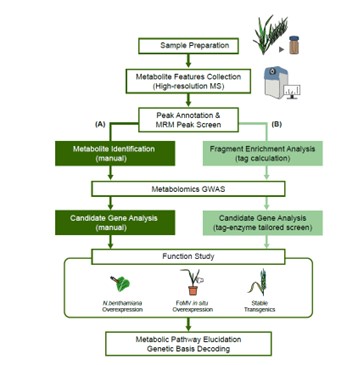
A novel way to conduct genome wide association studies for secondary metabolites
Plant Science Research WeeklyPlants produce many specialized metabolites that are often associated with increased plant fitness. Metabolic genome wide association studies (mGWAS) identify enzymes involved in specialized metabolite biosynthesis. However, this relies on identifying metabolites from mass spectrometry data which is…

Identifying candidates from genome wide association studies using gene orthologs
Plant Science Research WeeklyGenome wide association studies (GWAS) identify genomic loci associated with a specific trait. However, these loci often contain many genes, so selecting which to investigate further can be tricky. To improve this Whitt, et al. developed a program called FiReMAGE (filtering results of multi-species,…

Genomic regions of durum wheat involved in water productivity
Plant Science Research WeeklyDrought stress is a major problem and can cause large reductions in yield. Water productivity is the amount of yield per unit of water used, hence a higher water productivity is associated with more drought tolerance. Here, Zaïm et al. discovered three genomic loci associated with increased water productivity…

Many modes of Striga resistance in sorghum
Plant Science Research WeeklyWitchweeds (Striga spp.) are parasitic plants. Like other weeds, they compete with food crops, but they do so very efficiently by penetrating host tissues and forming vascular connections. Through this effective extraction of nutrients and photosynthate from their hosts, Striga can literally wipe out…
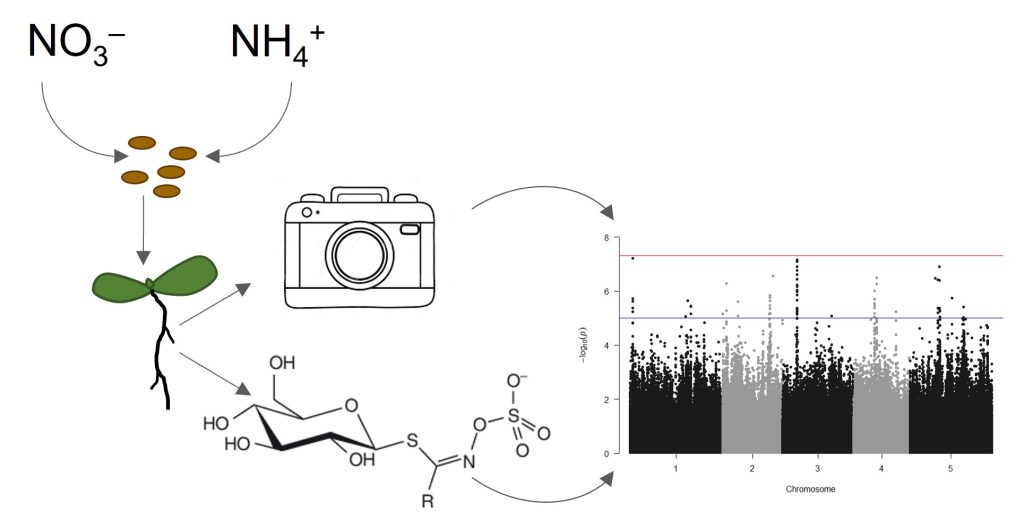
The genetic basis of nitrogen responses in Arabidopsis thaliana
The Plant Cell: In a NutshellElla Katz1 and Dan J. Kliebenstein1,2.
1Department of Plant Sciences, University of California Davis, Davis, CA, USA
2DynaMo Center of Excellence, University of Copenhagen, Denmark
Background: Nitrogen is an essential element for plant growth and development. Nitrogen availability and form…
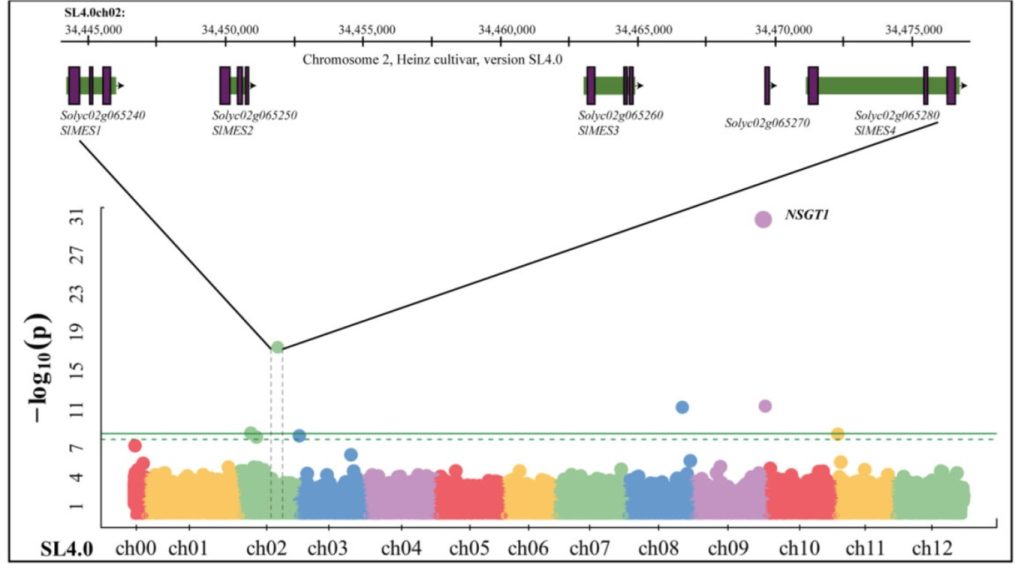
Demethylation of methyl salicylate to salicylic acid in tomato fruit
Plant Science Research WeeklyThis is an interesting paper that grabbed my attention from the very first line: “Tomatoes are the second most valuable crop in the USA”. Of course, a key trait in these important fruits is their flavor, something the Harry Klee team at the University of Florida have been studying for years. Here,…
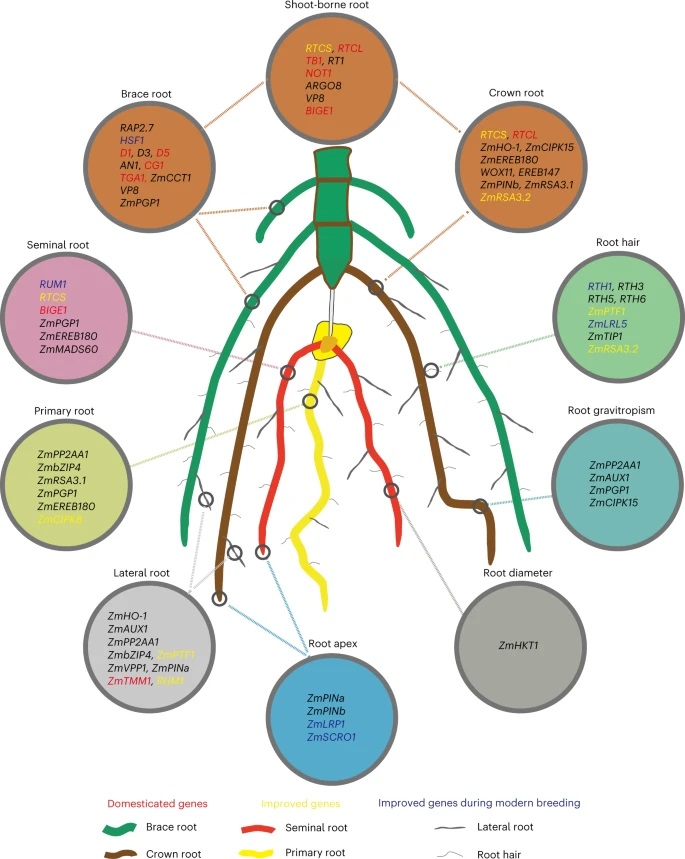
Genome-wide dissection of maize root system architecture
Plant Science Research WeeklyRoot system architecture (RSA) is a complex trait that directly or indirectly influences most aspects of plant survival, largely through its effects on nutrient and water uptake as well as support and anchoring. Its hidden nature has made it harder to study than the architecture of the shoot, and led…
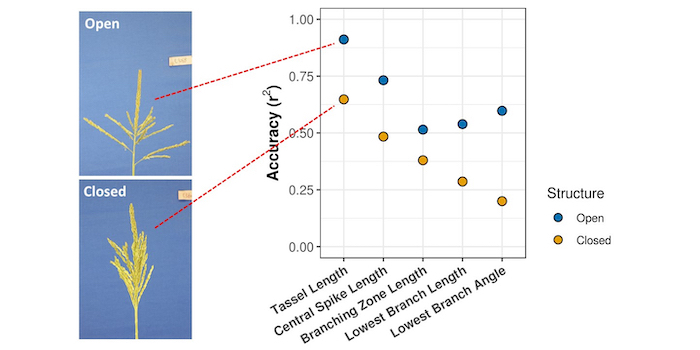
Accuracy matters: What happens when phenotyping errors are non-random?
The Plant Cell: In a NutshellZhou, Kusmec, Mirnezami et al. reveal how genetically determined measurement bias affects the accuracy of high-throughput phenotyping and genetic analysis. The Plant Cell (2021) https://doi.org/10.1093/plcell/koab134
By Yan Zhou
Iowa State University
Background: The accuracy of trait measurement…

Shared genetic control of root system architecture between Zea mays and Sorghum bicolor (Plant Physiol)
Plant Science Research WeeklyRoot research got a boost from Arabidopsis grown on Petri plants, but what do you do if you study something bigger, or want to see how roots grow in soil? Zheng et al. developed a new set of tools they call CREAMD-COFE [Core Root Excavation using Compressed-air (to extract the roots from soil), and Core…

